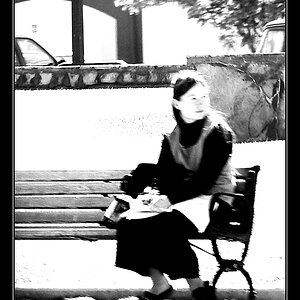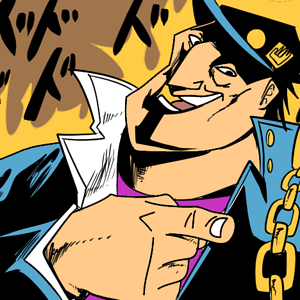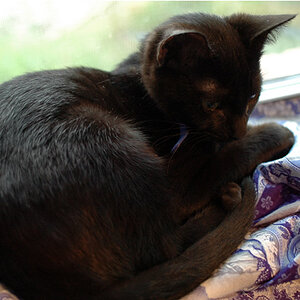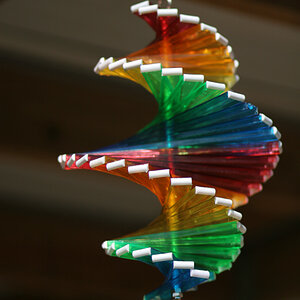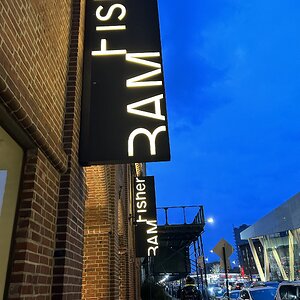davholla
Been spending a lot of time on here!
- Joined
- Jun 16, 2015
- Messages
- 1,562
- Reaction score
- 1,390
- Can others edit my Photos
- Photos OK to edit
I might need to photograph a couple of rooms to rent, obviously I know that they need to be tidy first.
Any ideas about the best way to photo of them, I guess the best way would be not to use flash but use a long shutter speed to get natural light.
They are small rooms btw what aperture would be good.
I will be using a Canon 7D MKII and 18-135 STM lens, would HDR be an idea?
Any ideas about the best way to photo of them, I guess the best way would be not to use flash but use a long shutter speed to get natural light.
They are small rooms btw what aperture would be good.
I will be using a Canon 7D MKII and 18-135 STM lens, would HDR be an idea?


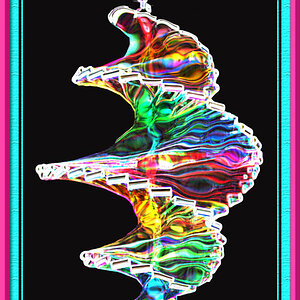
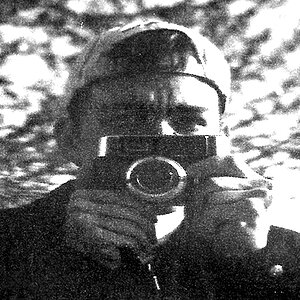
![[No title]](/data/xfmg/thumbnail/32/32943-1a3c3a399438cf2fc6a21415e9bdedcf.jpg?1619735775)
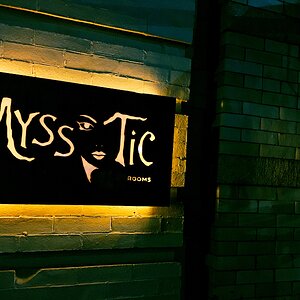

![[No title]](/data/xfmg/thumbnail/37/37626-4a6ffc3f17ab3a8e97170fda3276640e.jpg?1619738154)
